Could Instagram’s algorithm curate an art exhibition? A new London show finds out
We’ve seen the debates surrounding AI-created art – but what about algorithmic curation? A new exhibition by University of Oxford researchers explores Instagram’s algorithm as a curator
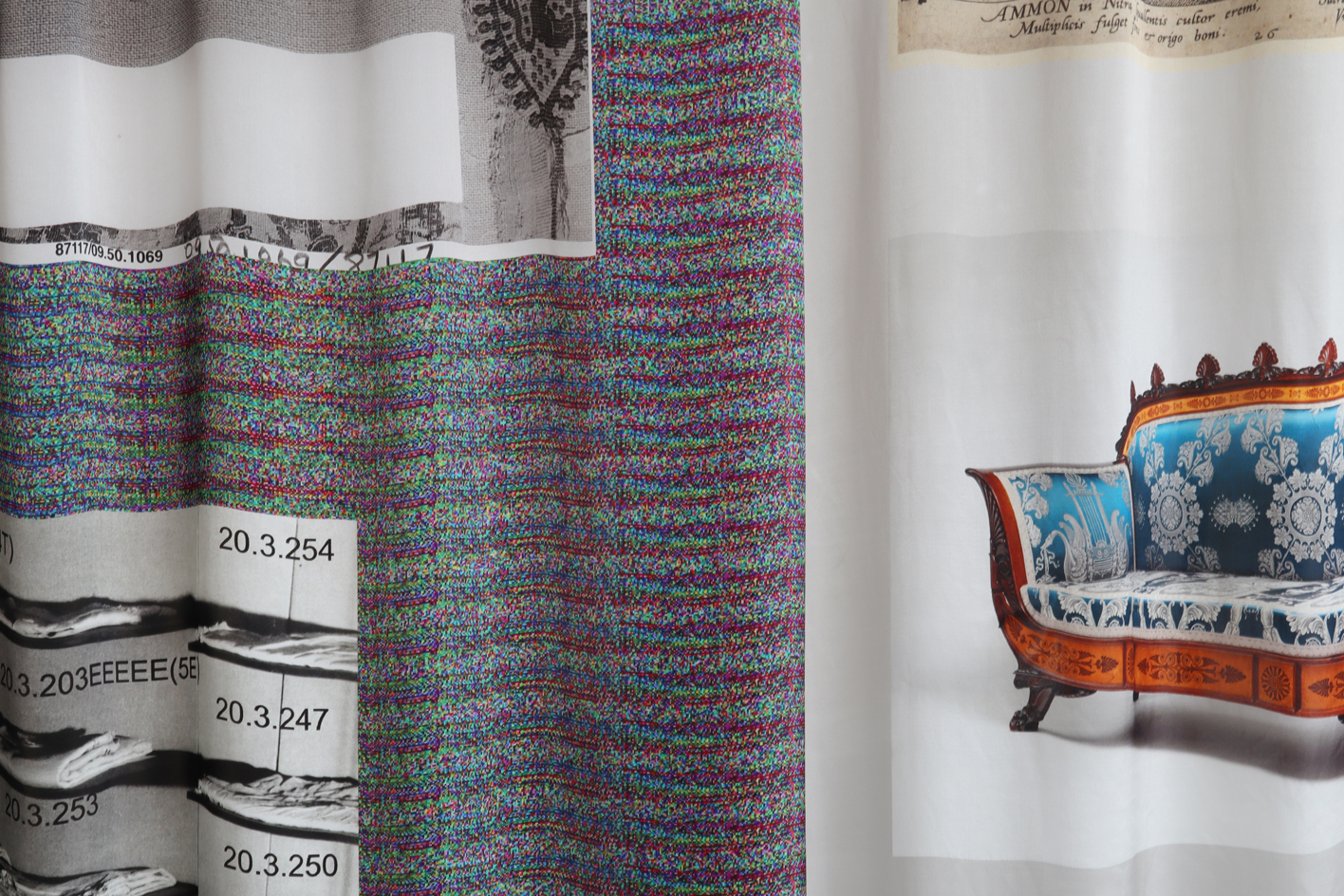
Recent internet debates have proved that it doesn’t get much more polarised than AI creativity. Some believe the two terms are fundamentally incompatible. Others believe machine technology is diluting, or undermining, the output of human creators. There is also a branch of thought that sees the bright side: AI’s potential to enable human creativity (if employed correctly), not steal it.
While there’s been much discussion about AI tools that can ‘write’ and ‘create’ images in response to specific commands. (ChatGPT, the most widely publicised example of recent weeks, uses a strain of artificial intelligence that can generate ‘natural’ language text using information mined from the Internet), there has been less talk about algorithmic curation in art, whether it’s of any use at all, and who’s in charge.
In an attempt to understand the impact of algorithms on art curation, researchers at the University of Oxford’s Internet Institute have unveiled a new London art exhibition ‘The Algorithmic Pedestal’, taking place at J/M Gallery from 11-17 January 2023, which compares Instagram’s algorithm with human-driven curation.
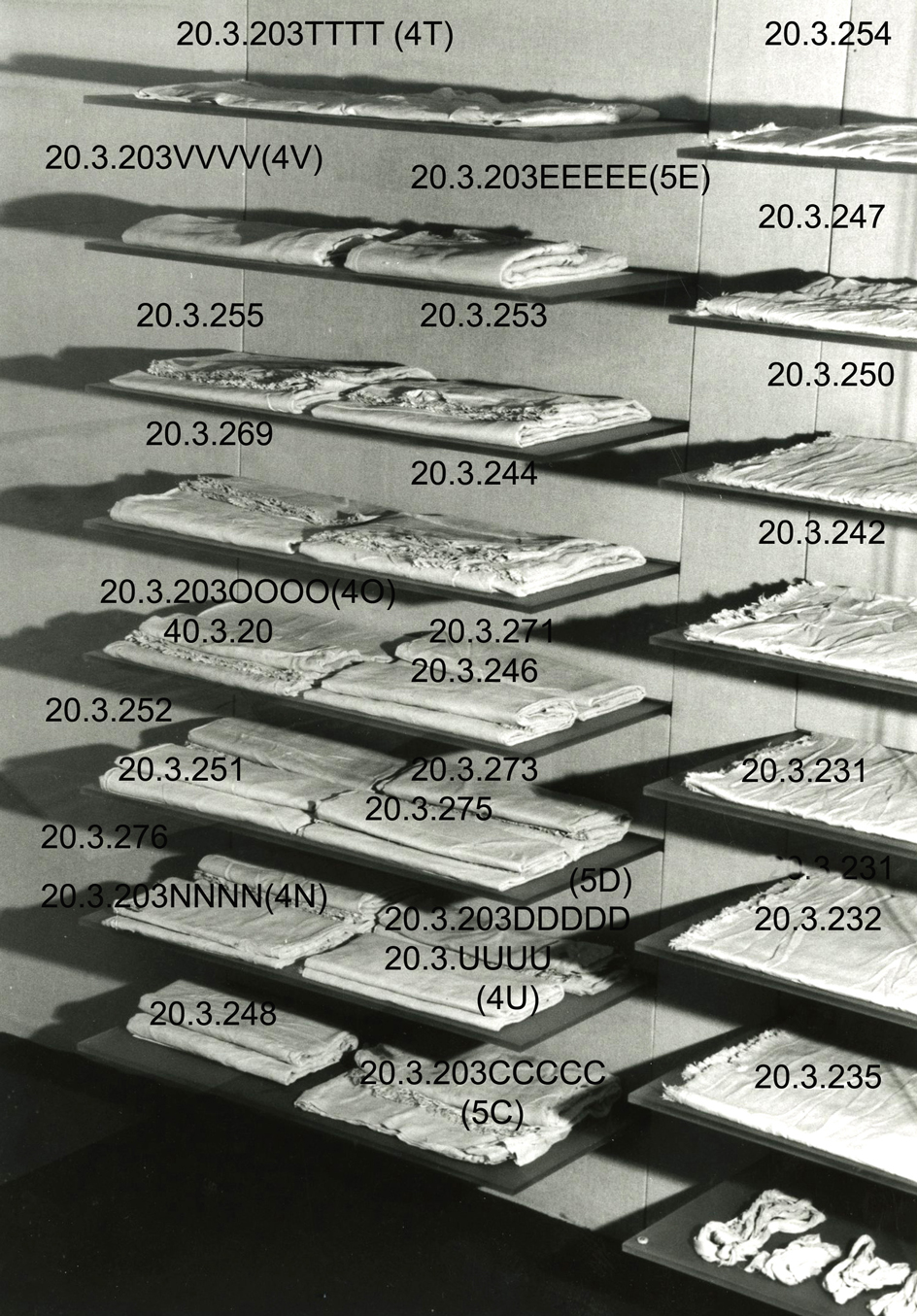
Image depicting the error image that appears under several entries within the Met’s collection
In recent years, machinic ways of seeing have rapidly infiltrated our visual culture, driving what is created, what is visible, and who reaps the rewards – no doubt the late John Berger would have a field day with this one.
As the show explores, algorithmic systems are increasingly becoming gatekeepers of the creative content appearing on social media users’ feeds. Content is mined from an ever-expanding ocean of images and videos, further expanded by freshly-minted AI systems that operate generatively. But ultimately, who should – and can – perform this curation?
For the exhibition, researchers have presented a scenario in which a human approach can be compared and contrasted directly with an algorithmic curator (Instagram). Artist Fabienne Hess was invited to select and display images from the Metropolitan Museum of Art’s Open Access collection that corresponded with the concept of ‘loss’. The images displayed in the exhibition are part of Hess’ ‘Dataset of Loss’, which she has created over the course of three years. Her curatorial process is driven by the human experiences of time, curiosity, and patience; she has spent years physically exploring collections in an embodied fashion, learning about each object’s stories and photographing them during site visits. In this sense, Hess’ curation represents the extreme in human selection criteria.
![Album of Photographs of the Land and Summer Cottages Owned by the Montauk Association, Montauk, New York]](https://cdn.mos.cms.futurecdn.net/SDAUbkjHjMYgEuVCsTVUNW.jpg)
Album of Photographs of the Land and Summer Cottages Owned by the Montauk Association, Montauk, New York, 1883, part of the the Metropolitan Museum of Art's collection
Conversely, Instagram’s curatorial decisions were captured by uploading images from the Metropolitan Museum of Art’s (New York) Open Access collection to a designated Instagram account: @thealgorithmicpedestal. The results, on view in the show, demonstrate which images Instagram’s algorithm chose to display, and in which order.
Receive our daily digest of inspiration, escapism and design stories from around the world direct to your inbox.
As Laura Herman, a researcher at Oxford University’s Internet Institute commented: ‘In recent months, Instagram has publicly announced that the content displayed in users’ home feeds will increasingly be decided by a “black box” algorithm, rather than what friends or family have recently posted. This means that we do not know exactly what Instagram chooses to prioritise, though these prioritised selections drastically influence users’ experience of visual culture. In this exhibit, the algorithm reveals its own ways of seeing, providing the audience with an intimate lens into its perceptual mechanisms.’
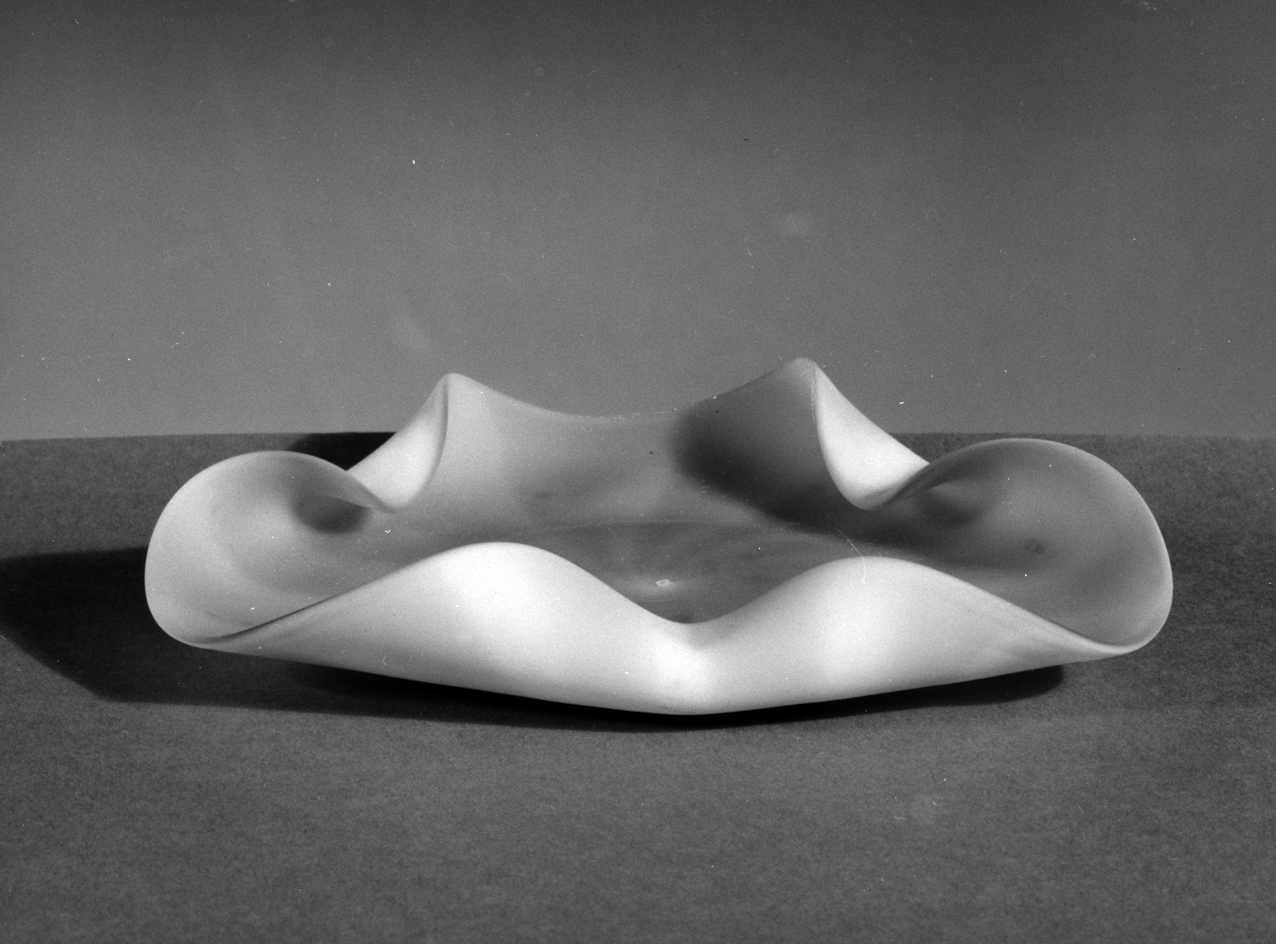
Plate, c. 1885, Made in West Midlands, England, Blown satin green and white opaque glass, part of the The Metropolitan Museum of Art's collection
‘The Algorithmic Pedestal’, is on view at J/M Gallery in London from 11-17 January 2023.
j-m.gallery
Harriet Lloyd-Smith was the Arts Editor of Wallpaper*, responsible for the art pages across digital and print, including profiles, exhibition reviews, and contemporary art collaborations. She started at Wallpaper* in 2017 and has written for leading contemporary art publications, auction houses and arts charities, and lectured on review writing and art journalism. When she’s not writing about art, she’s making her own.
-
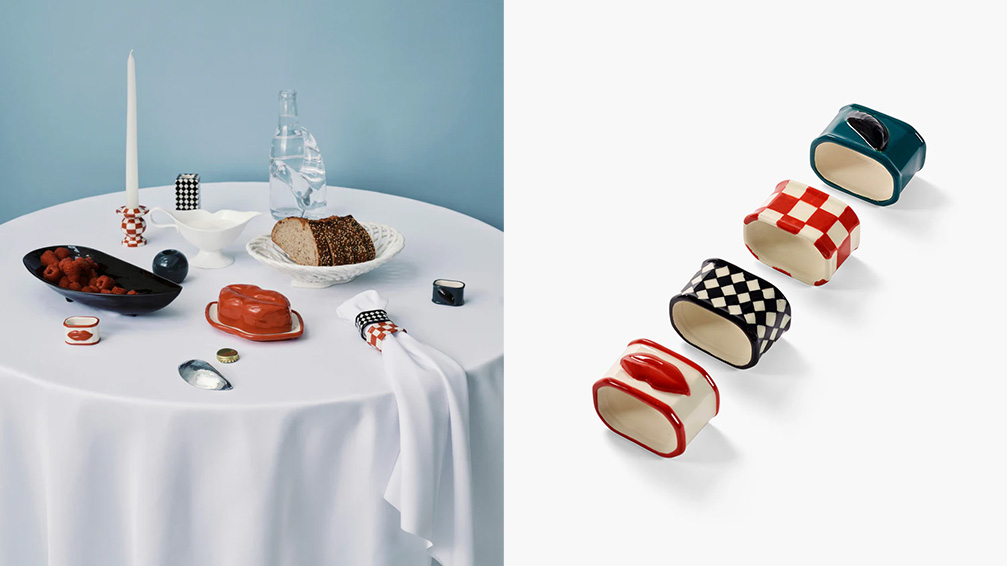 Sculptural, design-led napkin rings for festive tables
Sculptural, design-led napkin rings for festive tablesThe simple napkin ring harbours the potential to bring a stylish punch of personality to any table setting
-
 How Peter Saville came to art direct the best of contemporary culture
How Peter Saville came to art direct the best of contemporary cultureFrom Peter Saville's first steps with Factory Records and legendary album designs to his later work in art and fashion: we chart the history of the British art director
-
 Wallpaper* Gift Guides: What our Fashion & Beauty Features Director, Jack Moss, has on his wishlist
Wallpaper* Gift Guides: What our Fashion & Beauty Features Director, Jack Moss, has on his wishlistFestive gifting is about a balance of indulgence and comfort, says Wallpaper* Fashion & Beauty Features Director Jack Moss – here encapsulated in silk slippers, classic pyjamas and an oil cleanser based on ancient bathing rituals
-
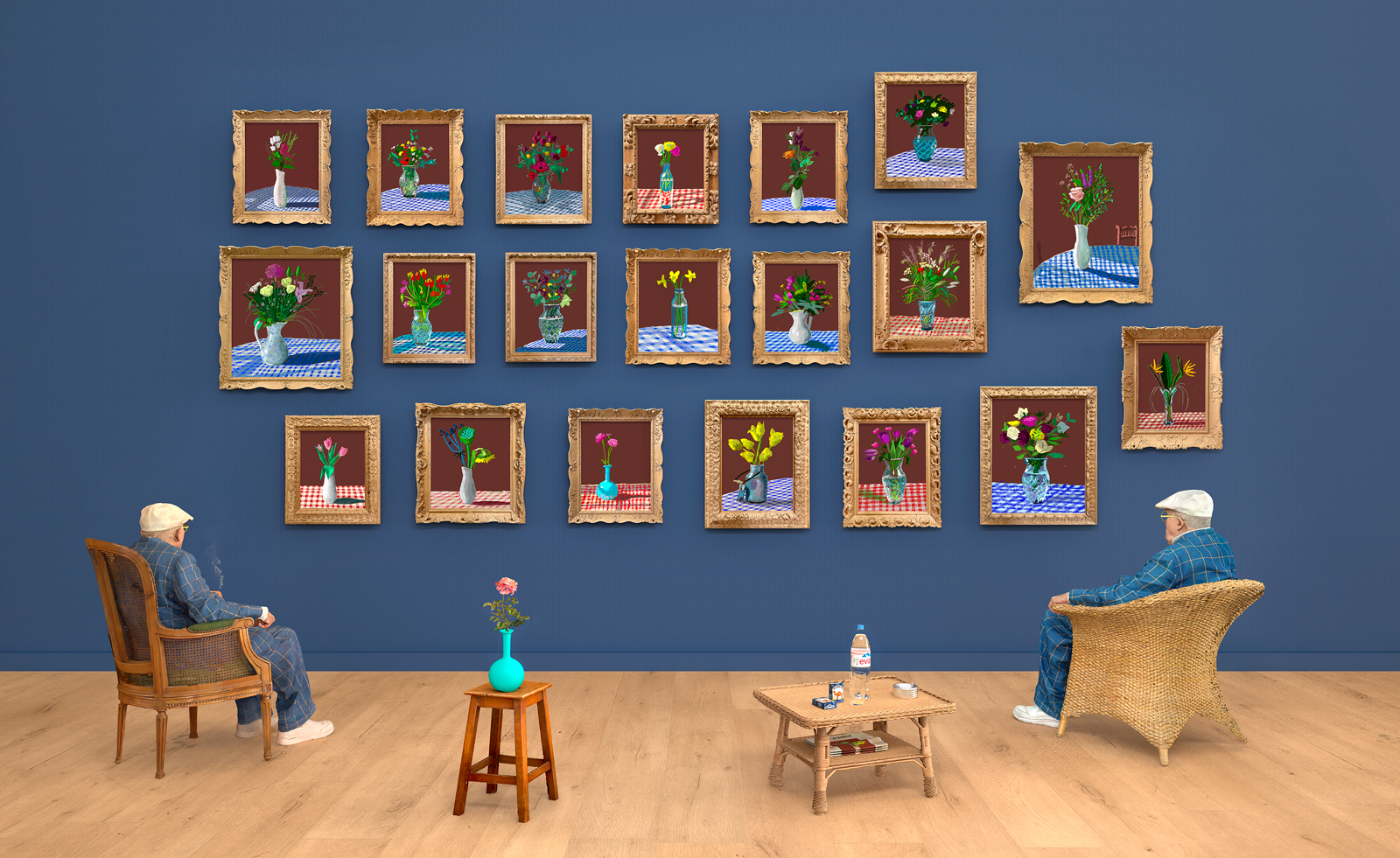 David Hockney plays with our perception of fine art in Palm Springs
David Hockney plays with our perception of fine art in Palm Springs'David Hockney: Perspective Should Be Reversed' is currently on show at the Palm Springs Art Museum
-
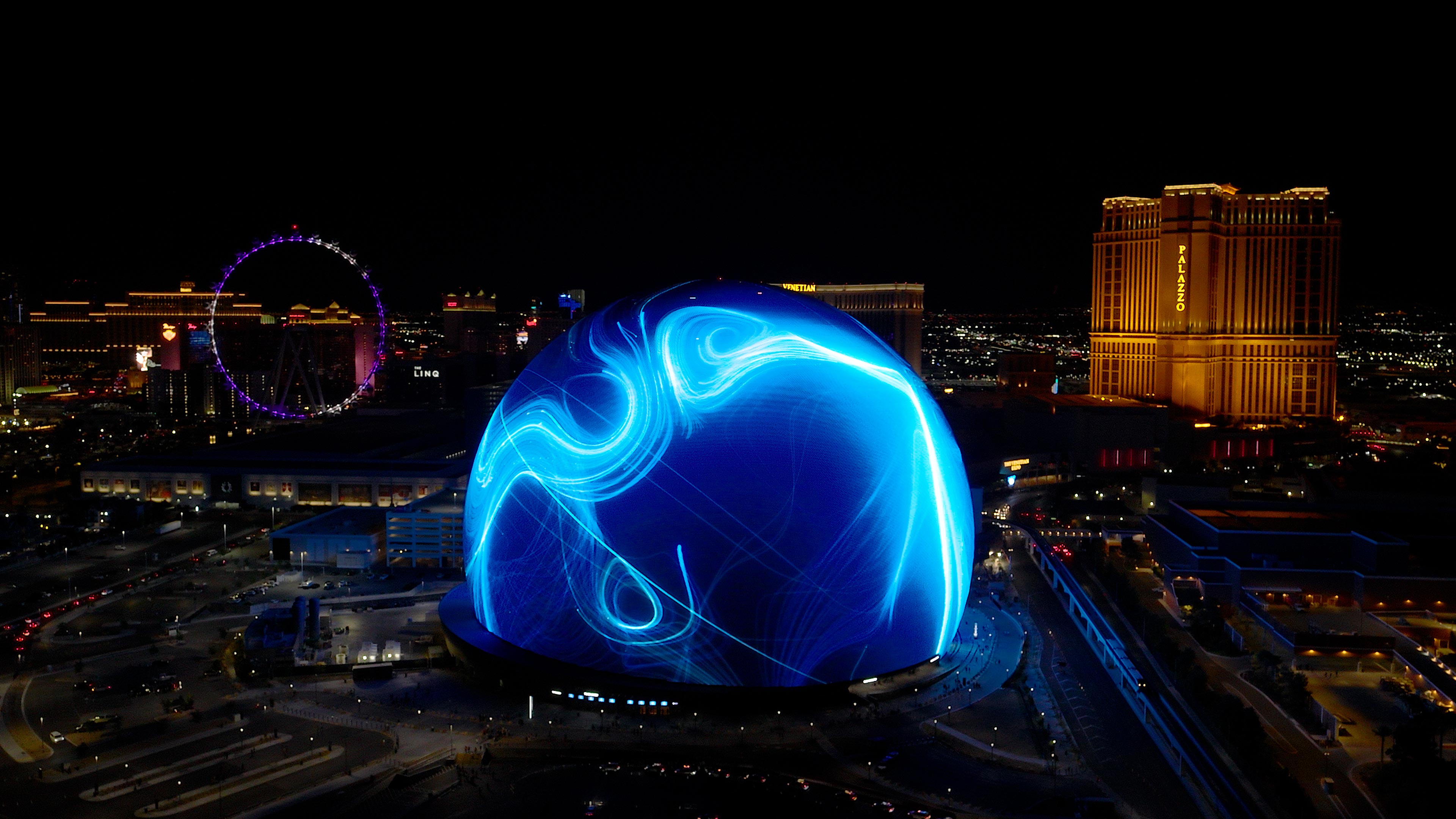 First look: Sphere’s new exterior artwork draws on a need for human connection
First look: Sphere’s new exterior artwork draws on a need for human connectionWallpaper* talks to Tom Hingston about his latest large-scale project – designing for the Exosphere
-
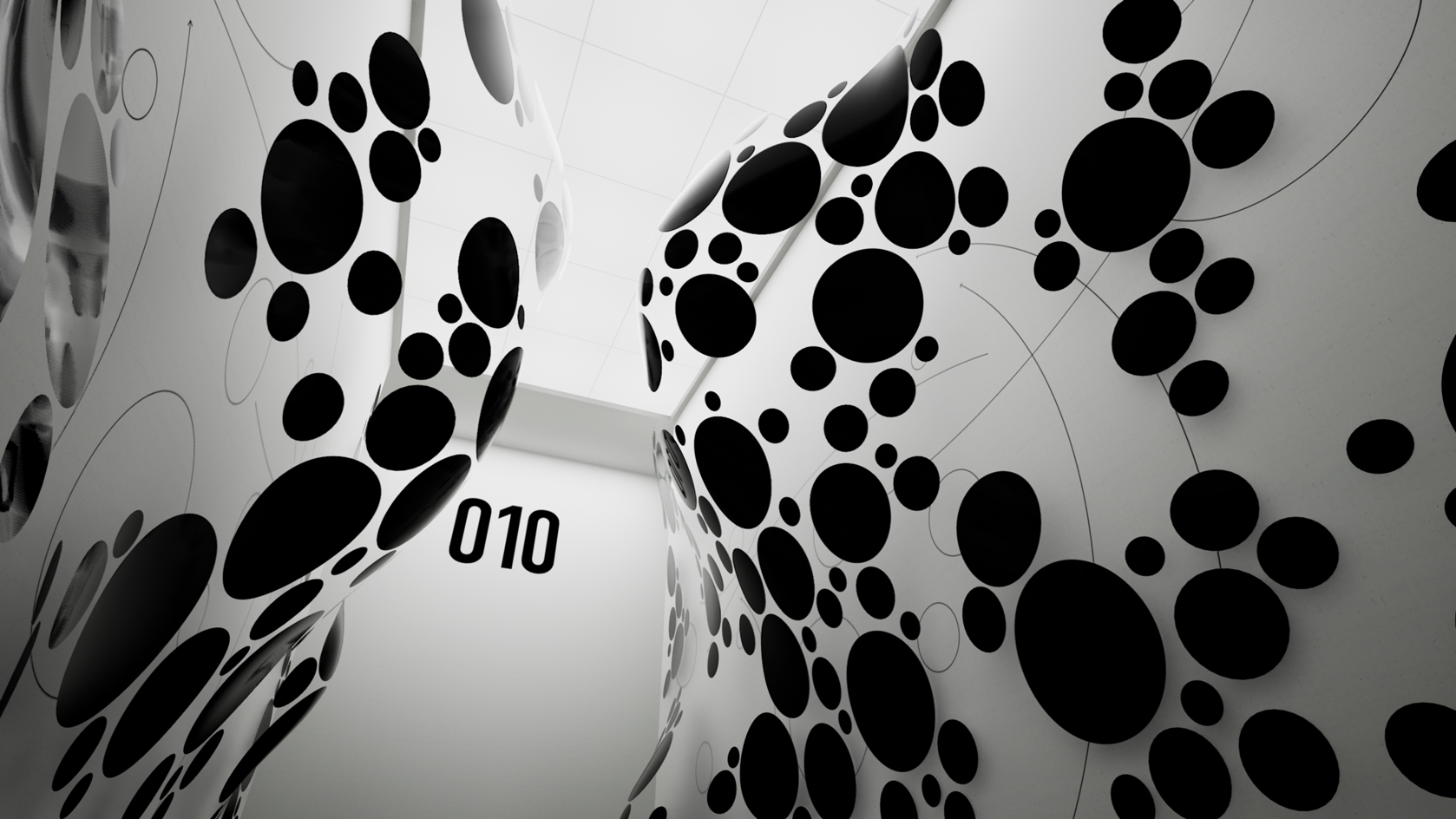 Maxim Zhestkov’s mindbending VR art museum functions like a video game
Maxim Zhestkov’s mindbending VR art museum functions like a video game‘Modules’ by digital artist Maxim Zhestkov is a VR art gallery where impossible physics feels palpable. We visit the artist’s London studio to experience the whole thing
-
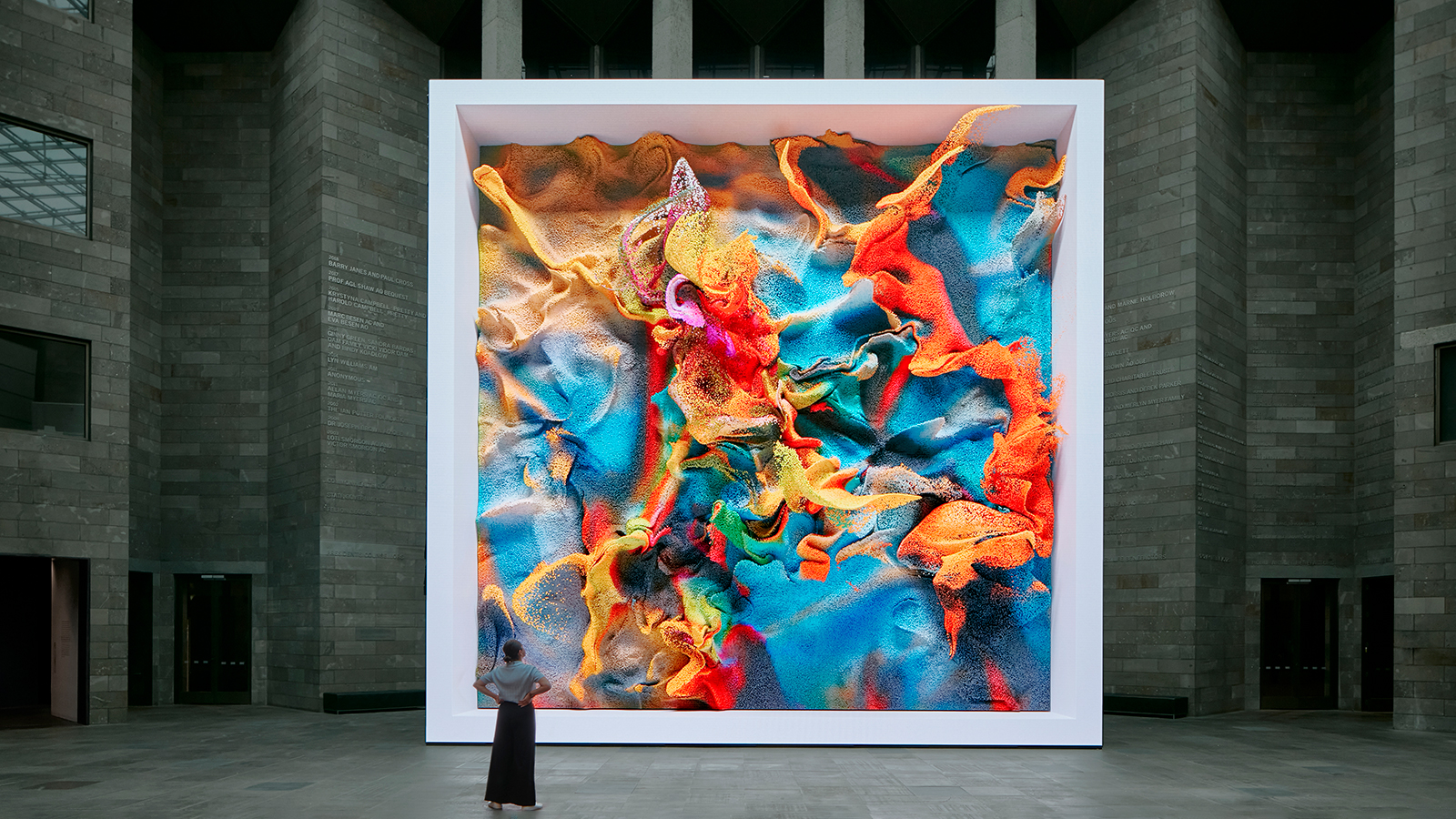 Enter the mesmerising, AI-driven world of artist Refik Anadol
Enter the mesmerising, AI-driven world of artist Refik AnadolRefik Anadol’s masterly use of data sets and AI models allows him to create dazzling ‘living paintings’, on display in MoMA’s Gund Lobby until 5 March 2023
-
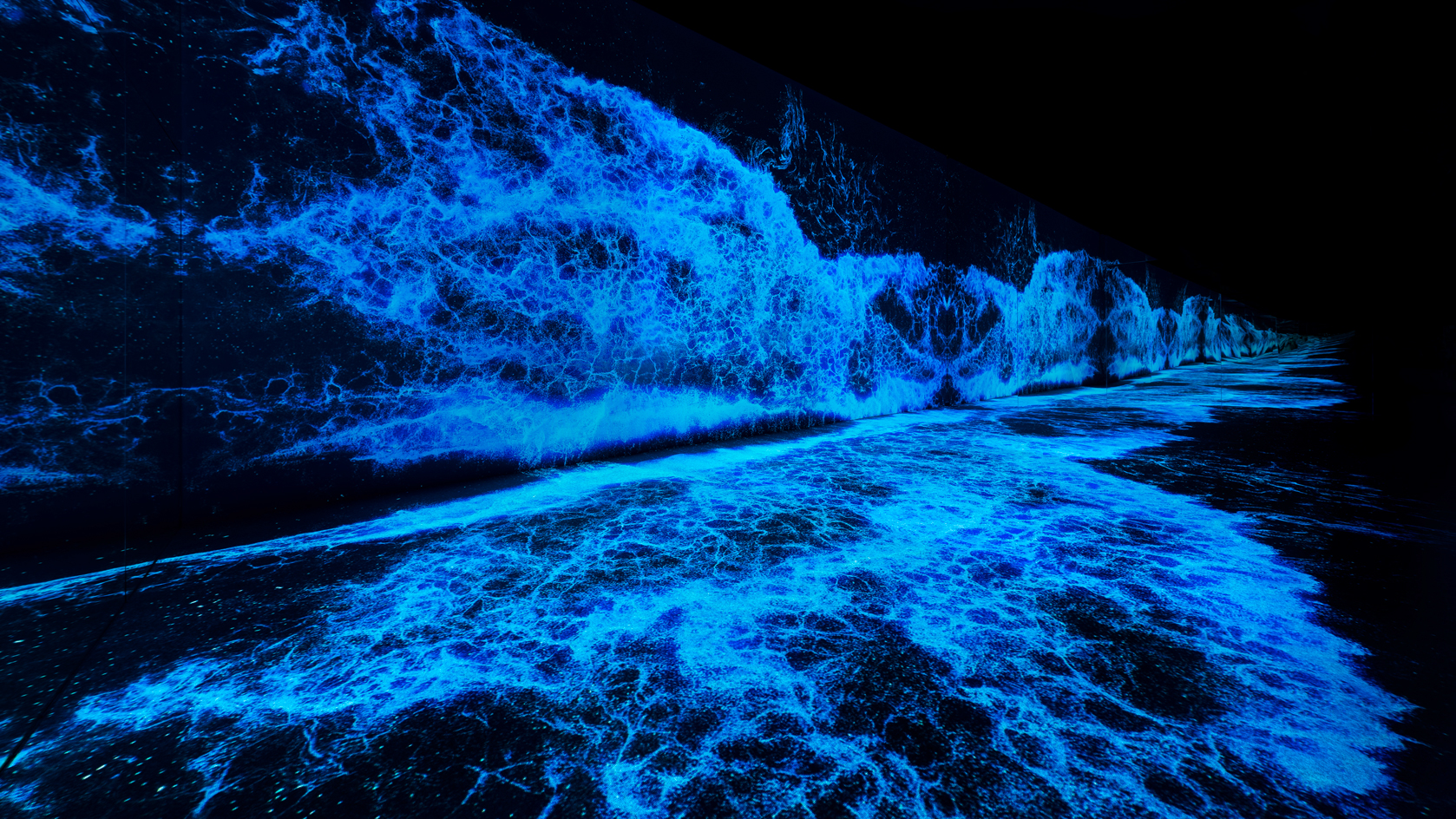 A’strict: the South Korean digital art collective bringing nature to urban life
A’strict: the South Korean digital art collective bringing nature to urban lifeAs part of our Generation Generative series, we spotlight a’strict, the artistic unit of South Korean digital media design company d’strict, whose immersive art aims to bring viewers closer to nature
-
 Generative art: the creatives powering the AI art boom
Generative art: the creatives powering the AI art boomIt’s a new age for generative art, thanks to pixel-sorting, algorithm-sifting creatives. While the NFT market remains in flux, we delve into the rise of generative art, and the AI art boom
-
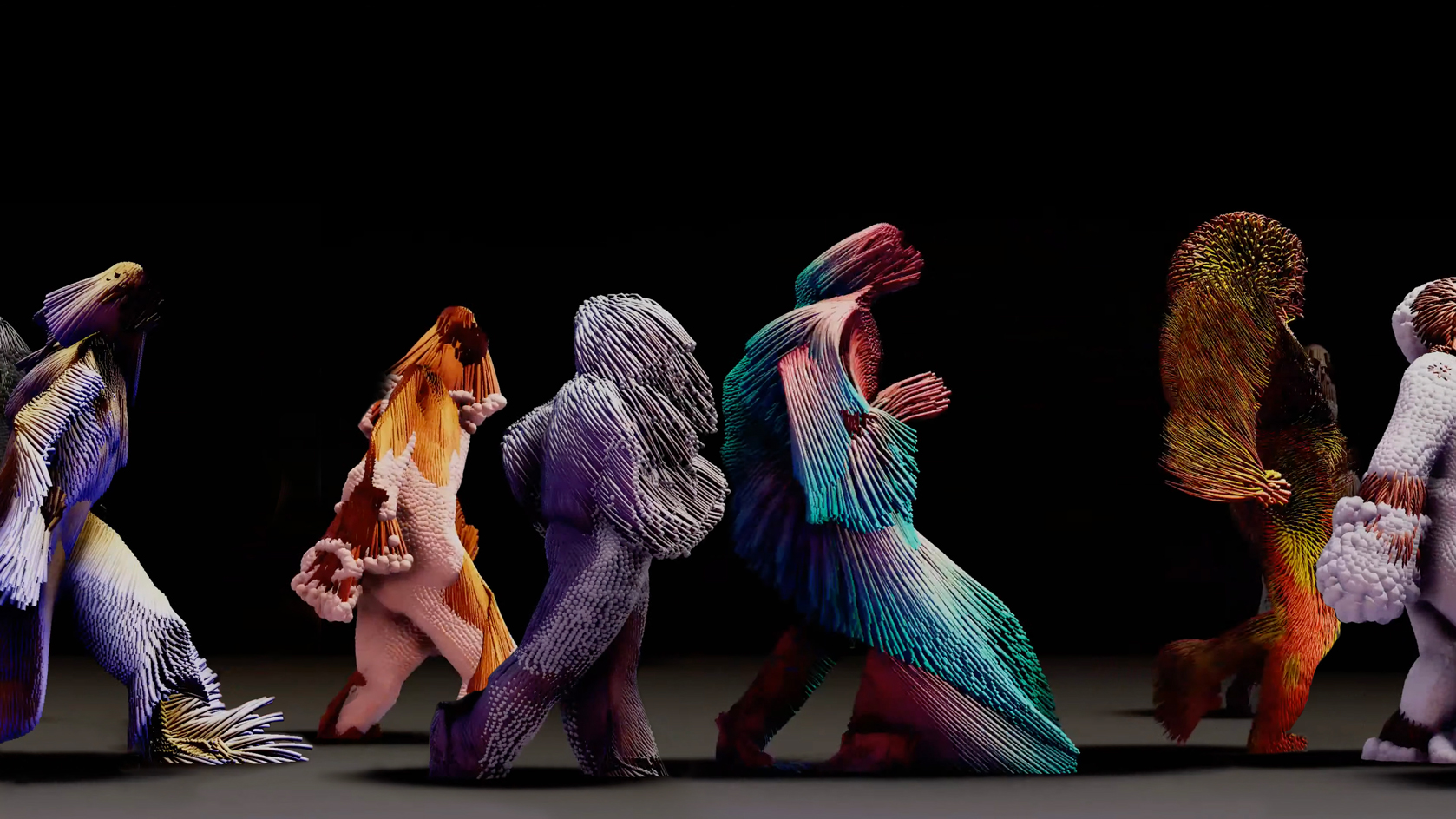 Universal Everything: the collective bringing mind-bending physicality to the digital space
Universal Everything: the collective bringing mind-bending physicality to the digital spaceIn our new profile series, Generation Generative, we spotlight pioneers on the cutting edge of generative art. Our first feature is on Sheffield-based digital art collective Universal Everything, whose solo show ‘Lifeforms’ at 180 The Strand runs from 12 October – 4 December
-
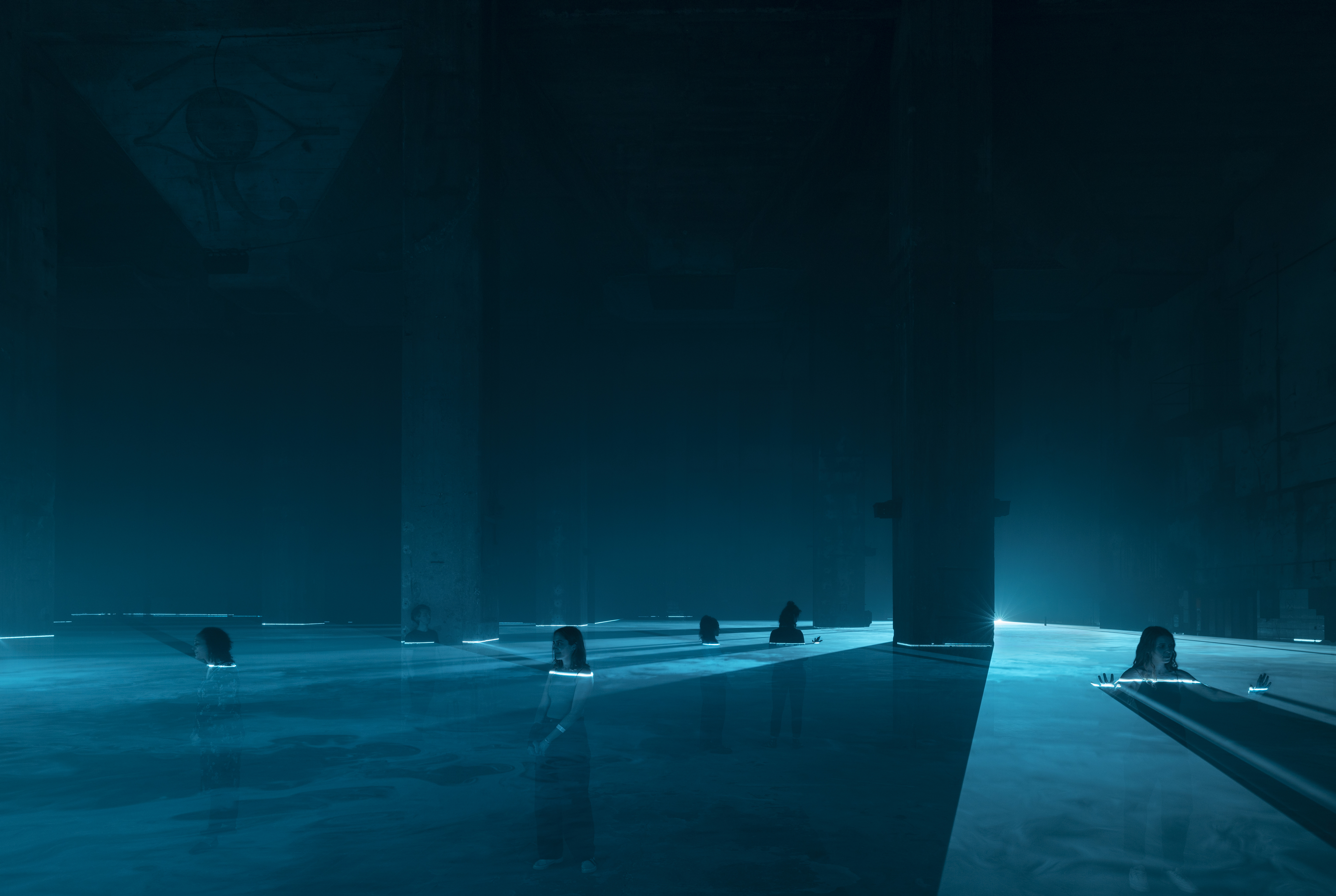 Artist Ian Cheng explores the technological and aesthetic potential of AI
Artist Ian Cheng explores the technological and aesthetic potential of AIIn Berlin’s cavernous Halle am Berghain, New York-based artist Ian Cheng plunges viewers into an immersive world of AI and existential anime in ‘Life After BOB’